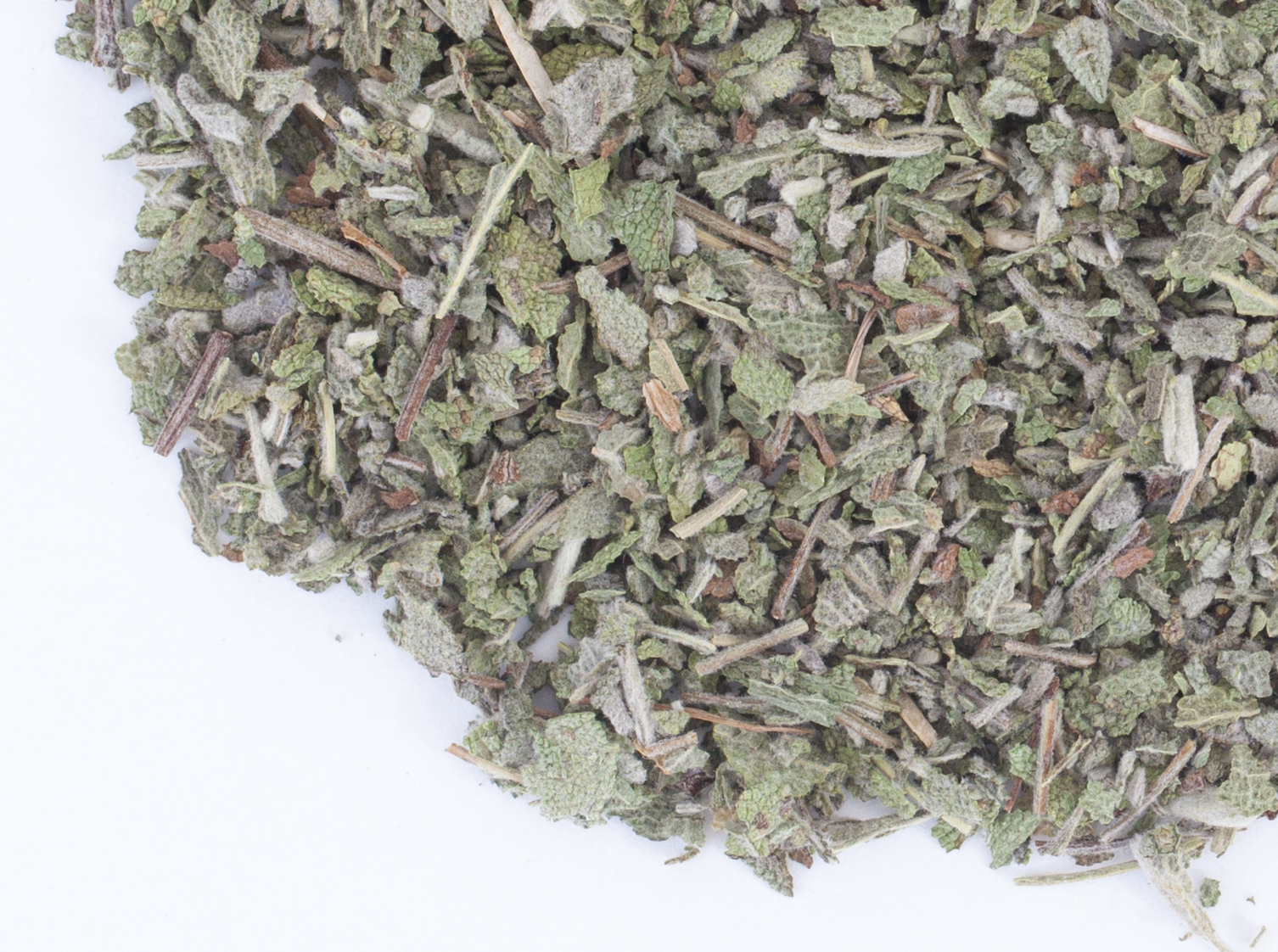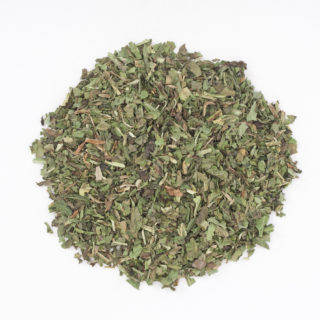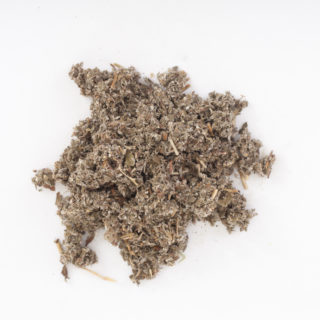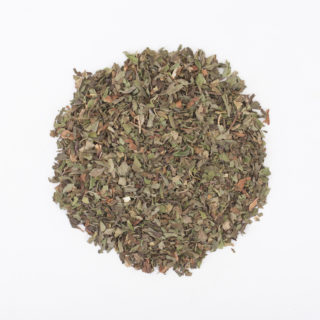You may also like…
The common garden sage has been known and used for culinary and medicinal purposes for centuries. The low-growing evergreen shrub is popular in nearly every European cuisine and is used variously to flavor meats, poultry, soups, puddings, cheeses and vegetables. Its unmistakable peppery flavor makes it popular for use in poultry and pork stuffing, and to flavor and preserve sausage meats. “Why should a man die when sage grows in his garden?” Martin Luther is said to have asked in the middle ages, and his statement is reflected in the herb’s Latin name * salvia, derived from the Latin word to heal. For cooking, aromatherapy or healing, sage has proved itself throughout the ages, and continues to prove itself even now.
- Argentina
- One of the more popular herbs in the Middle Ages through 18th century, sage has drifted into lesser use as more delicate flavors grew more popular. The evergreen herb is enjoying a resurgence of late, in part based on its many uses and benefits. Sage can be used to flavor and preserve nearly any meat or cheese, and is often used in soups and salads as well.
- Caffeine-free
- Leaves
- Thujone, a volatile oil in common sage, is hallucinogenic, addictive and toxic when taken in extreme excess. The plant and tea made from it should be avoided by pregnant women. Its long term use is not recommended. For educational purposes only. This information has not been evaluated by the Food and Drug Administration. This information is not intended to diagnose, treat, cure, or prevent any disease.
Brewing Guide
212F/100C
1-2 tsp/8oz
5-10 min
You must be logged in to post a review.






Reviews
There are no reviews yet.